The only ancient Roman aqueduct that is still in use for its intended purpose
Categories: Design and Architecture | Europe
By Pictolic https://pictolic.com/article/the-only-ancient-roman-aqueduct-that-is-still-in-use-for-its-intended-purpose.htmlIn the Spanish city of Segovia there is an ancient Roman aqueduct that still serves people for its intended purpose, that is, delivering water to the city. According to historians, this engineering facility was built in the first century AD.
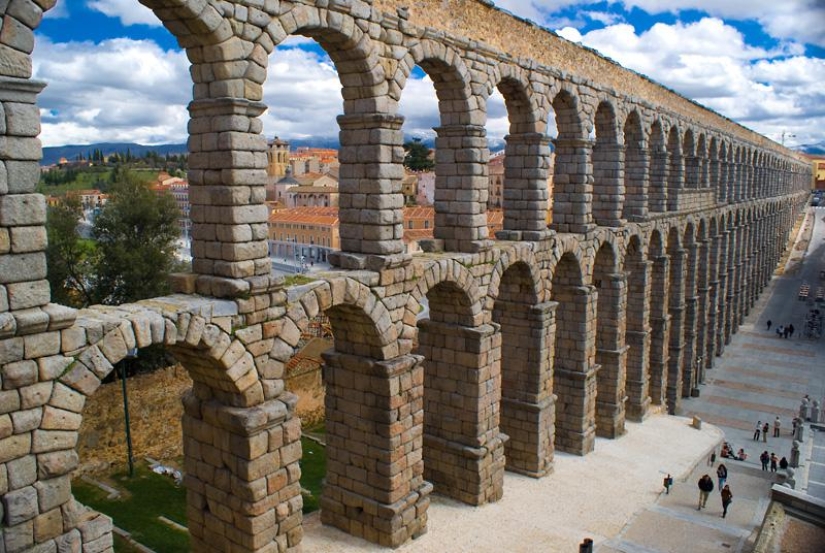
The Segovia Aqueduct, one of the greatest engineering achievements of Ancient Rome, is a symbol of the city and one of the most significant and best-preserved monuments remaining from the Romans in Spain. This building is a national treasure of Spain.
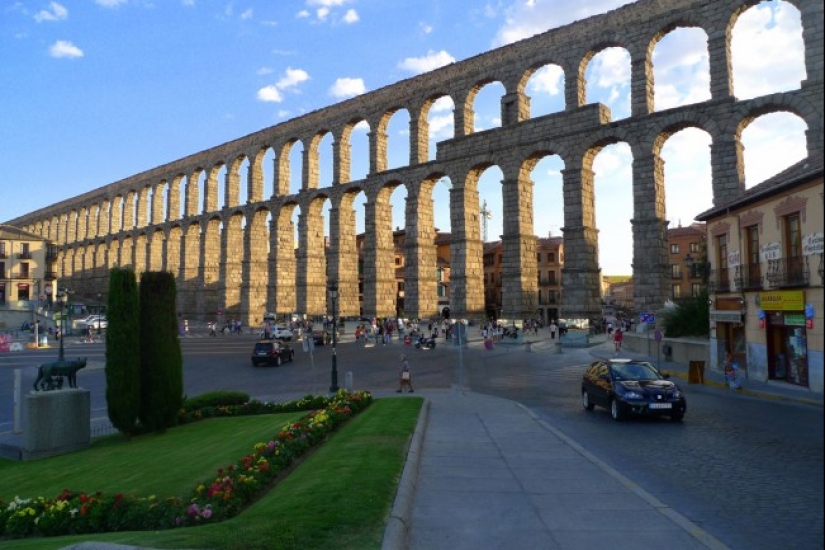
Built around the 1st–2nd centuries AD. e., the aqueduct extends over a considerable distance. It reaches a height of up to 28.5 meters in some places, including more than 160 arches, making it appear light and airy. The highest arches of the aqueduct are located in the very center of the city.
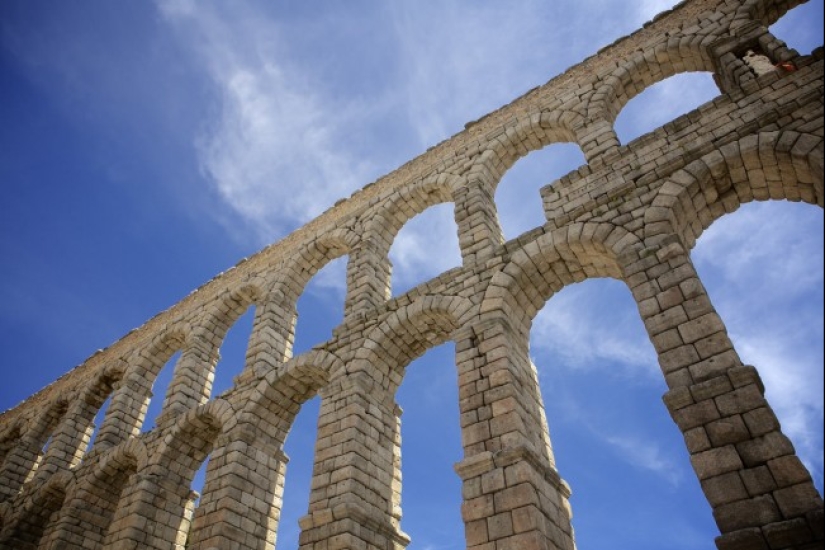
Interestingly, neither mortel nor cement were used to build this magnificent structure. The massive granite blocks were so skillfully fitted to each other that they have kept the aqueduct intact for centuries.

Another remarkable feature of the aqueduct is that it was built without any written drawings or detailed plans. This is truly amazing considering the complexity and precision of the design. The aqueduct not only served to transport water from the Frio River to the city of Segovia for many centuries, but also acted as an important symbol of the architectural art and engineering of the Roman Empire.

It's amazing how this structure has survived to this day. There are no fasteners or mortar - the 20,400 granite blocks are firmly held under their own weight. There are notches visible on each of the blocks. There is a legend that these are fingerprints of the devil, who helped build the structure.
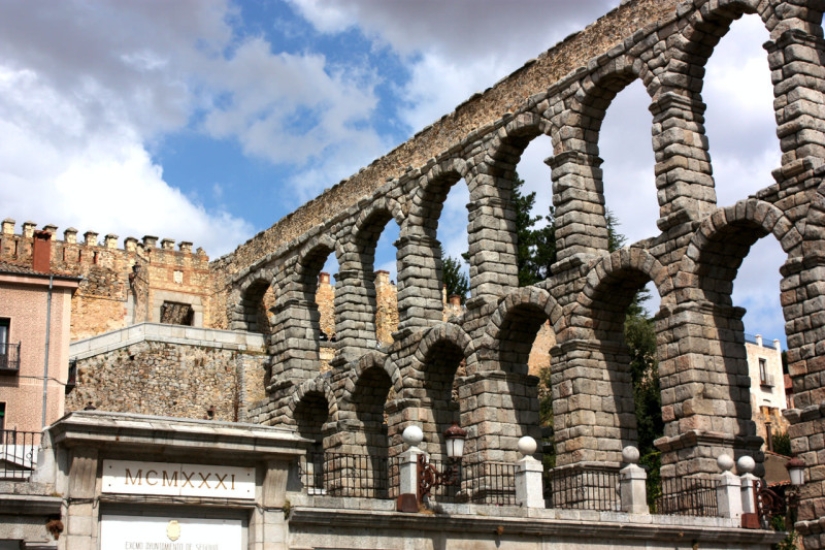
According to this legend, a girl once lived in the city who carried water from a mountain river every day. When she was tired, she turned to the devil himself for help in exchange for her soul. But with one condition: everything must be done before dawn. Before her eyes, the aqueduct began to be built by itself, the girl repented and prayed for the salvation of her soul. The sun rose, the last stone was not laid on the aqueduct, and the girl’s soul was saved.
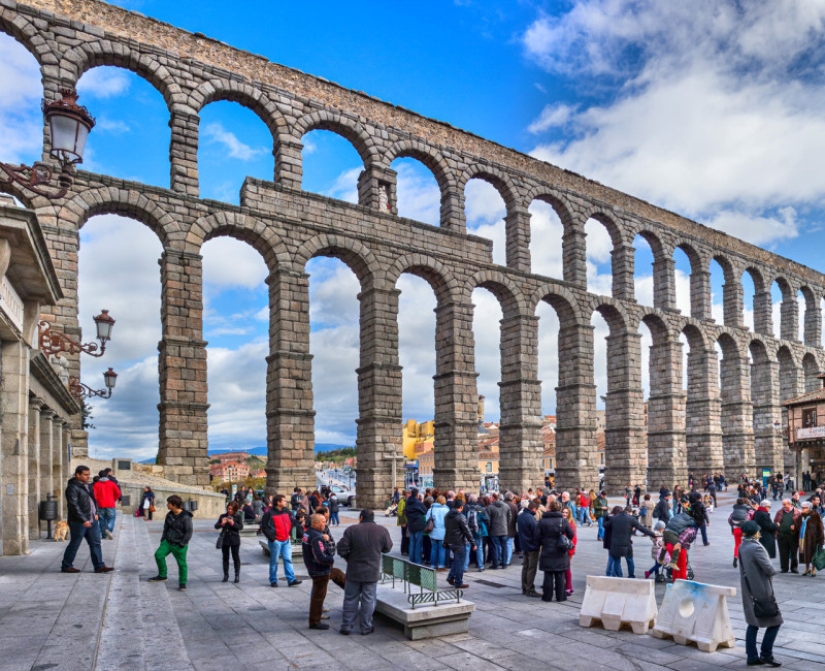
A mountain river flows 17 kilometers from the city, from where water flows to the water tower and from there, at a slight slope, to the city center (the slope is negligible - no more than one meter per kilometer of waterway).

In 1985, the Segovia aqueduct was included in the UNESCO World Heritage List. This underlines not only its historical and cultural value, but also its magnificence, which continues to amaze us to this day. It is not surprising that the aqueduct attracts thousands of tourists from all over the world who want to see this architectural miracle with their own eyes. Standing in its shadow, you can truly feel the breath of history and the greatness of ancient Roman engineering.
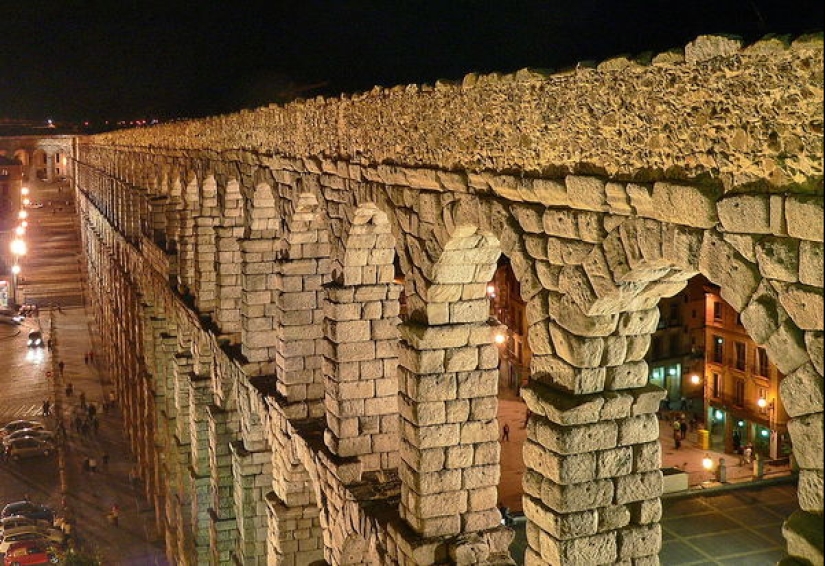
In 1997, work began on a major restoration of the building, which lasted eight years.
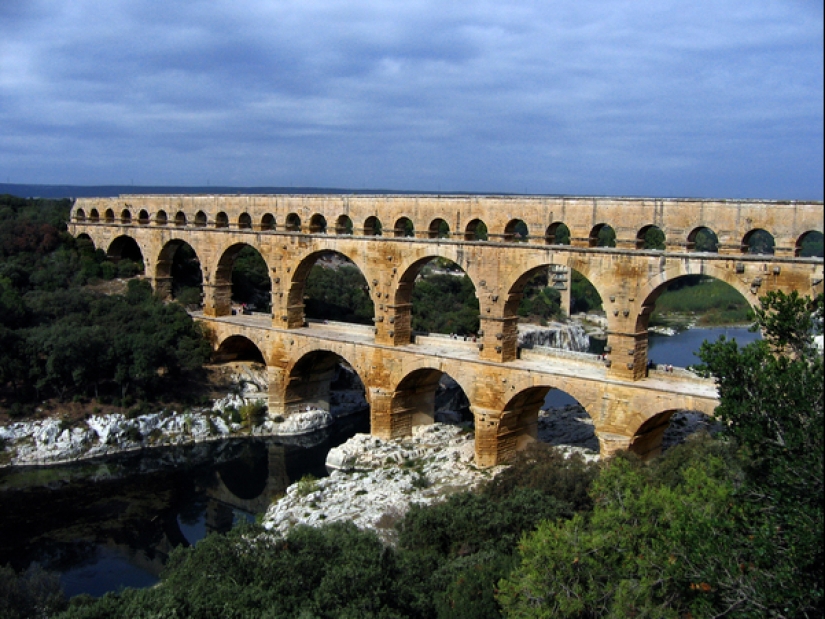
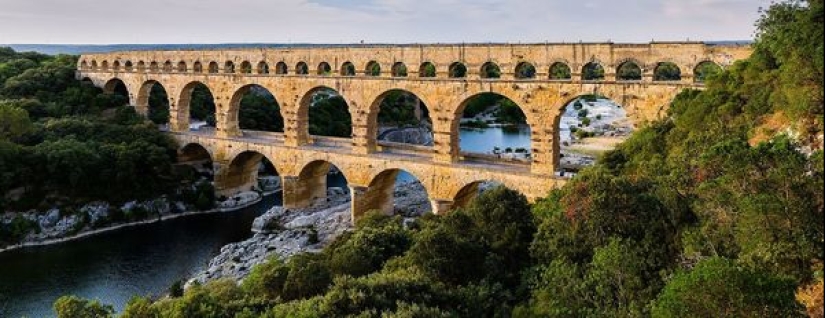

The aqueduct in Segovia is not the largest that has survived to this day. In France there is the highest existing aqueduct of Ancient Rome. Its height reaches almost 50 meters.
Recent articles

Catherine Deneuve is one of those Actresses that the definition of "fatal beauty" refers directly. She broke the hearts of Marcello ...

On the eve of the New Year, a magical atmosphere reigns in every house — everything is hung with shiny tinsel, there is an ...

In recent years, China has been leading not only in technology but also in art. No other country has so many artists working in the ...